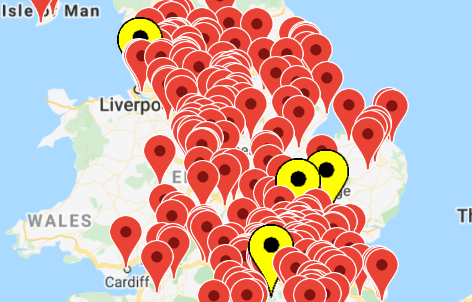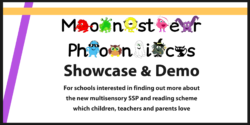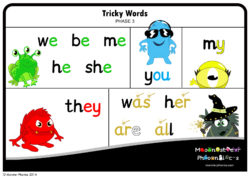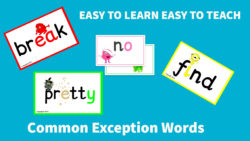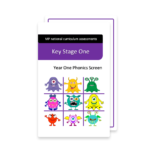Letters and Sounds
Letters and Sounds was published by the Department for Education in 2007. This guidance helped to embed and unify synthetic phonics teaching in primary schools across England with a detailed and logical curriculum. However, effective teaching relied on schools building a programme around the Letters and Sounds handbook. The Department for Education has also recognised that the support, guidance, resources and training should ideally be provided by one complete scheme. In March 2021, the DfE stated that Letter and Sounds “isn’t a full Systematic Synthetic Phonics programme”. Monster Phonics enables Letters and Sounds schools to easily transition to a full SSP.
Find out more about the Letters & Sounds Phases
Phase 1 Phase 2 Phase 3 Phase 4 Phase 5 Phase 6
Tricky and high-frequency words are taught alongside phonics at each phase of Letters and Sounds, and the KS1 Spelling Curriculum.
The systematic and synthetic structure of Monster Phonics ensures that children in Reception are able to decode words early in their reading journey. By the end of Reception, children have been taught to read real words and simple sentences accurately, with increasing speed and fluency. All grapheme-phoneme correspondences assessed within the phonics screening check are taught and further revised prior to the assessment taking place in Year 1. The programme teaches every aspect of the statutory requirements of the KS1 Spelling Curriculum. This includes all grapheme-phoneme correspondences and spelling rules, as shown in the yearly overviews. Assessment also links to this, and through ongoing training, schools are supported with fully implementing the scheme. This ensures that regular and timely assessment takes place.
Free Resources
find out more
Monster Phonics uses a multi-sensory approach so that children learn from simultaneous visual (video, colour coding), auditory (songs and rhymes) and kinaesthetic (magnetic letters and hands-on activities and games) activities which are designed to secure essential phonic knowledge and skills. This is particularly appealing to this age group and is vital to ensuring all types of learners are reached. Schools consistently report increased engagement enabling children to progress quickly, building confidence. Expectations, therefore, are set very high for all children. Resulting in an average 92% phonics screening pass rate being achieved in a typical engaged MP
